Best Catfish Bait & Lures That Actually Work

Best Catfish Bait & Lures
Catfish don’t have to be a fickle fiend to catch — for beginners to experienced anglers alike! Quell that confusion before you head out to that catfish-rich lake or river. The experts at Academy Sports + Outdoors have spent many a season out on the water. We bring you the best tips from their best traditions and experience. In this complete catfish bait guide, you’ll learn all about the following:
-
What catfish generally eat: Catfish thrive on baitfish (like shad), crawfish, shrimp, and bottom-dwelling insects (like worms).
-
What are blue catfish + their favorite bait? Favor live bait with blue catfish or fresh dead bait. They love perch, shrimp, and even snails!
-
What are channel catfish + their favorite bait? Catch these with relative ease with fresh, live bait on your hook like mollusks, crustaceans, and insects!
-
What are flathead catfish + their favorite bait? Flathead catfish LOVE perch, bluegill, and even sunfish. Ideally, choose bait that very closely imitates the lively movements of what they naturally eat.
-
What are the best catfish baits to use in each season? You’ll have good success in both the spring and summer for all three mudcat species!
Expert Tip:
The type of bait you use will depend on the species you want to catch, so it’s important to be able to identify the different species of catfish.
What Do Catfish Eat?
Use our chart showing the best lures and baits to use when you want to catch a catfish:
Baitfish (shad, etc.)

Time Most Active
Sunrise or Sunset
Spring/Fall Depth
Shallow
Summer/Winter Depth
Deep
Best Lure To Mimic Bait
Crankbait
Crawfish

Time Most Active
Night or on cloudy/overcast days
Spring/Fall Depth
Shallow
Summer/Winter Depth
Deep
Best Lure To Mimic Bait
Jigs
Snails
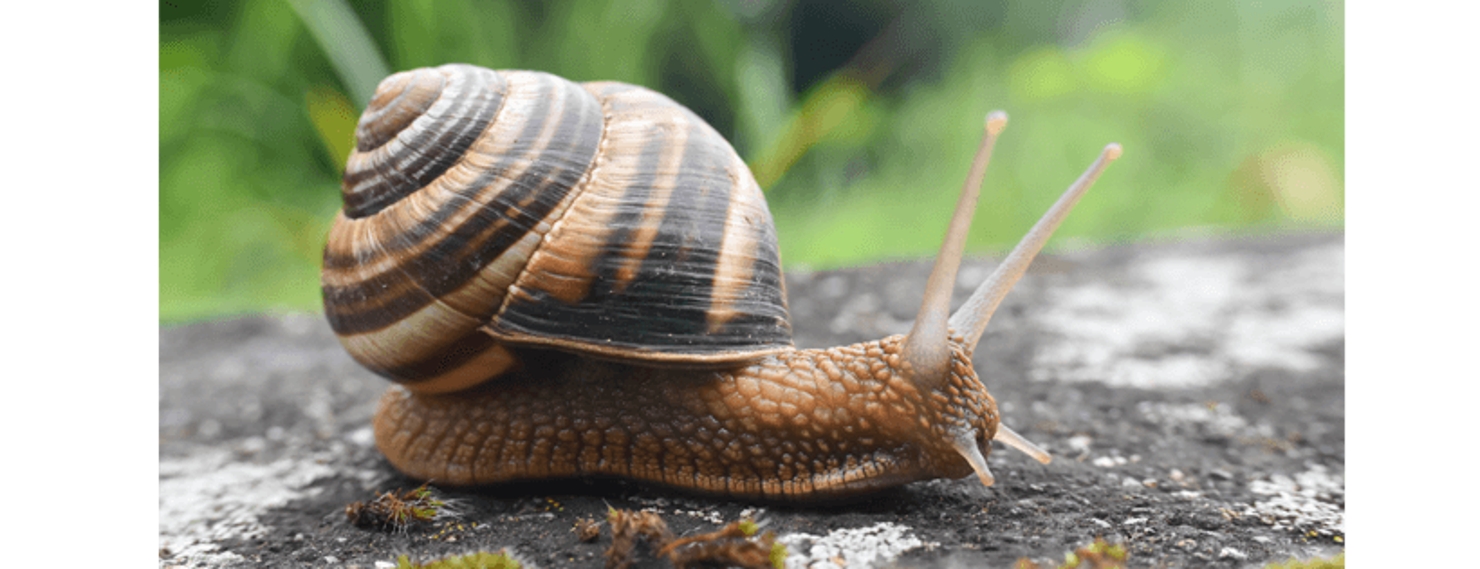
Time Most Active
Dusk
Spring/Fall Depth
Deep
Summer/Winter Depth
Deep
Best Lure To Mimic Bait
Spinnerbaits
Shrimp

Time Most Active
Night
Spring/Fall Depth
Deep
Summer/Winter Depth
Deep
Best Lure To Mimic Bait
Popping cork
Blue Crab
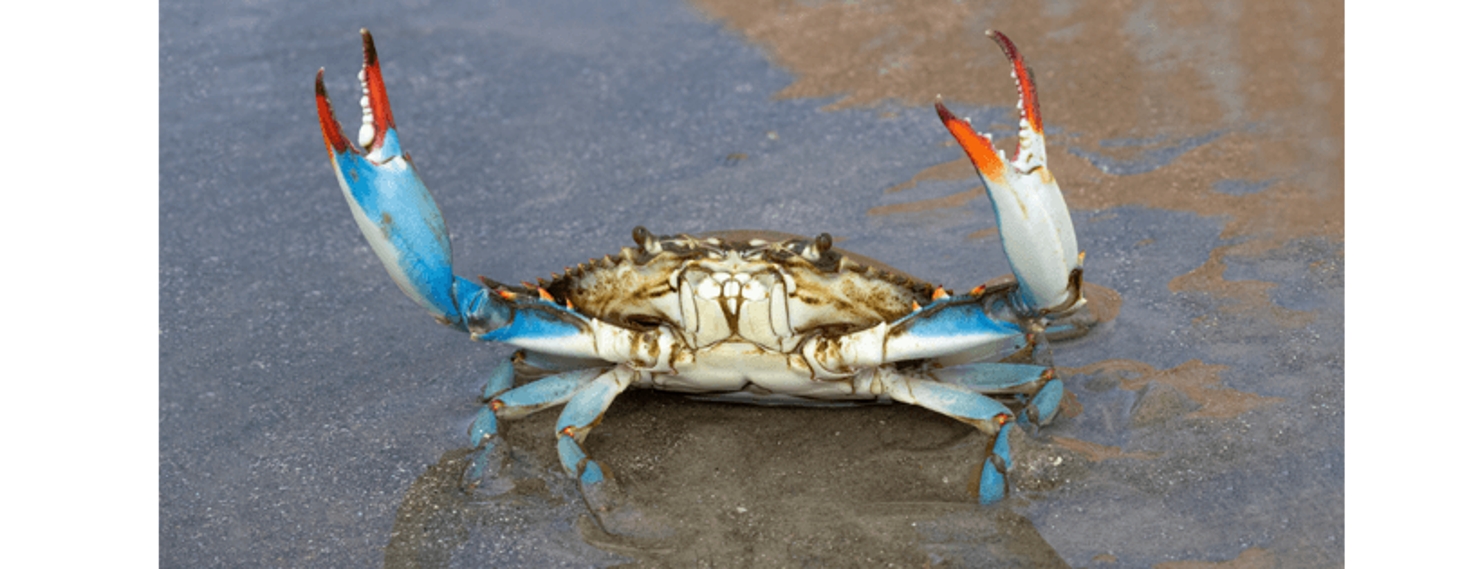
Time Most Active
Night
Spring/Fall Depth
Shallow
Summer/Winter Depth
Deep
Best Lure To Mimic Bait
Soft plastics
Aquatic Insects

Time Most Active
Daytime
Spring/Fall Depth
Shallow
Summer/Winter Depth
Shallow
Best Lure To Mimic Bait
Soft plastics
Frogs

Time Most Active
Dusk
Spring/Fall Depth
Shallow
Summer/Winter Depth
Shallow
Best Lure To Mimic Bait
Topwater
Are Catfish Hard To Catch?
In reality, no. You just have to invest a little time in learning their seasonal behaviors, eating
preferences, and moving patterns. These variables minimize any difficulty you might have.
Catfish are not fish you can simply cast and catch with ease like some other species. A number of baits — both
alive and freshly dead — like shad, crawfish, and shrimp can entice a bite from them. Here’s a rule of
thumb: baits are usually better, but strategic artificial lures DO work, too!
What Artificial Lures Do Catfish Like?
Anglers should look for artificial lures that cause a ruckus in the water or have a scent to entice a catfish to bite. Spinning lures that make noise or vibrate and basic soft plastics scented with attractants like salt or fish guts can be very effective with the right presentation and techniques.
Expert Tip:
Catfish depend on their nose to hunt food — often in muddy water or at night. Their poor eyesight is often rendered useless in such conditions. They depend on scent to eat! The worse it smells for us, the better it should work for them.
What Is a Blue Catfish?
Blue catfish are the biggest of the catfish family in North America that live mostly in freshwater bodies. If you’re unsure if what you catch is a blue catfish or not, look for these features common to this type of catfish:
-
Distinct long and slender bodies
-
Whisker-like barbels on their chin
-
Slate blue color on their back
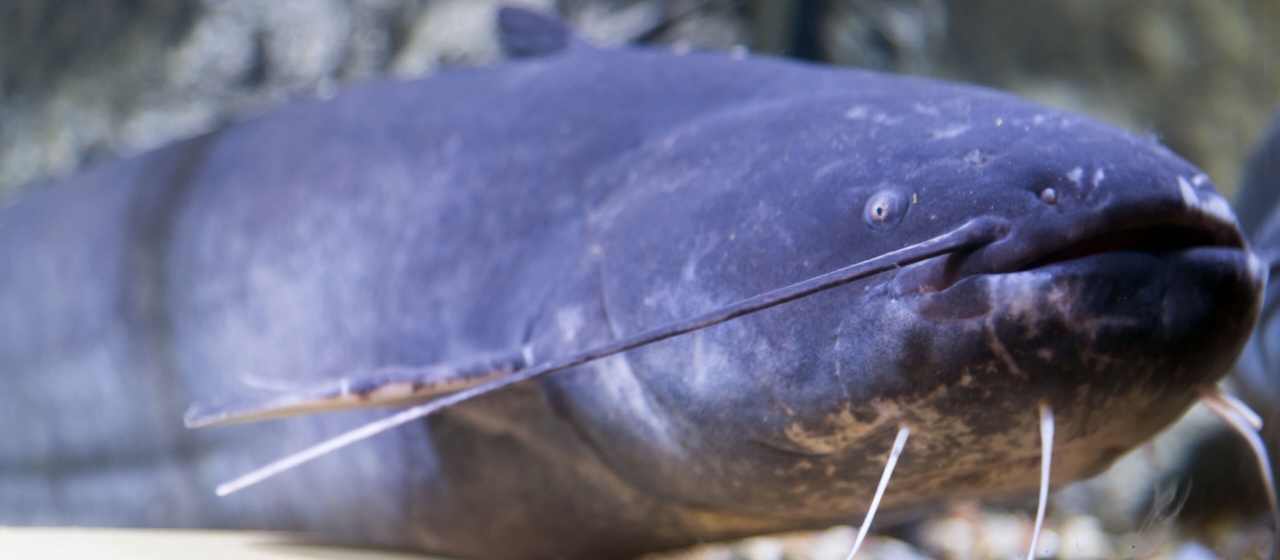
Best Blue Catfish Bait
Blue catfish angling can be done with different types of live and dead bait, but whether the bait is live or dead can depend on how stagnant the water is where you’re fishing.
-
If the water is calm, use live bait to attract the attention of the catfish.
-
If the water is fast, a dead bait is best because its smell and oil disperses by the quick movements and current.
Best Live Bait for Blue Catfish
Fishing with live bait effectively catches a fish via its scent and appearance. The fresher the bait, the better! Blue catfish generally eat shad or skipjack herring. If you don’t have access to fresh shad, use other fresh live bait like:
-
Perch
-
Crayfish
-
Snails
-
Shrimp
-
Blue Crab
-
Aquatic Insects
-
Frogs
Best Artificial Lure for Blue Catfish: Egret Baits Vudu Vixen Shad Swim Bait
Blue catfish are almost exclusively bottomfeeders and scavengers. Artificial lures that mimic their dying or dead prey work best. If you don’t have live or cut bait, try hopping an artificial shad swimbait extremely slowly across the bottom to trigger strikes.
Key Features: This 3-inch shad has a lifelike design with eyes to attract the attention of catfish and has a 3/0 single hook.
Best Season: Spring or summer
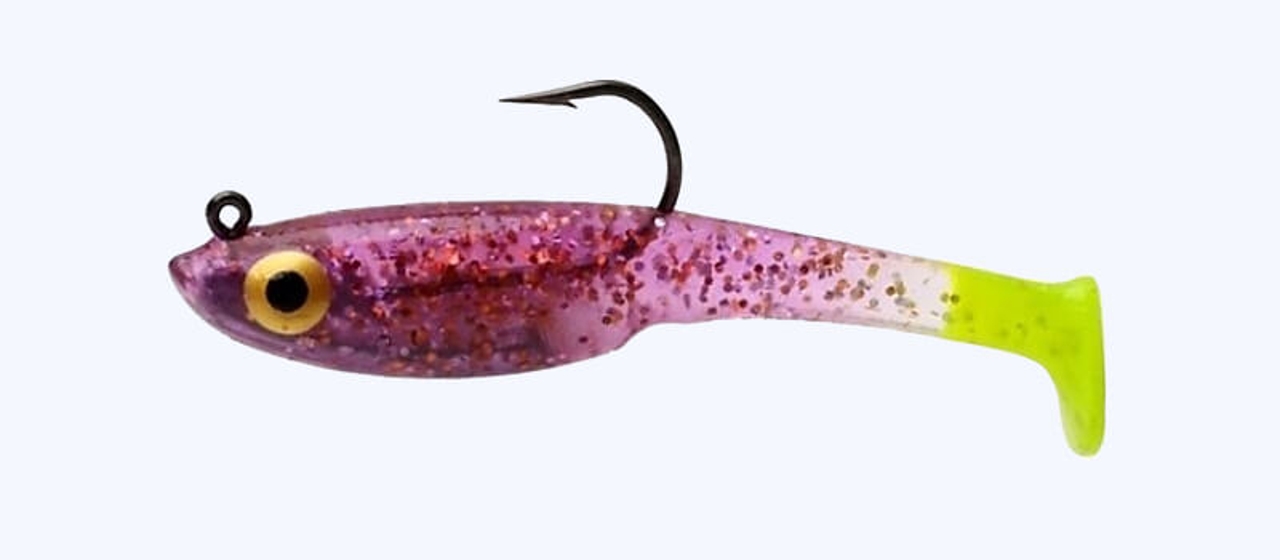
Best Artificial Lure for Blue Catfish: Egret Baits Vudu Vixen Shad Swim Bait
Blue catfish are almost exclusively bottomfeeders and scavengers. Artificial lures that mimic their dying or dead prey work best. If you don’t have live or cut bait, try hopping an artificial shad swimbait extremely slowly across the bottom to trigger strikes.
Key Features: This 3-inch shad has a lifelike design with eyes to attract the attention of catfish and has a 3/0 single hook.
Best Season: Spring or summer
Expert Tip:
Live bait is usually less expensive than other types of bait. However, know that using live bait can also attract other fish that aren’t catfish.
What Is a Channel Catfish?
Channel catfish are a subspecies of catfish that are found in freshwater areas. They are similar to blue catfish in that they are both long and thin and have barbels around the mouth. Look for gray and green on the upper part of the body to identify them! They may even have black spots.
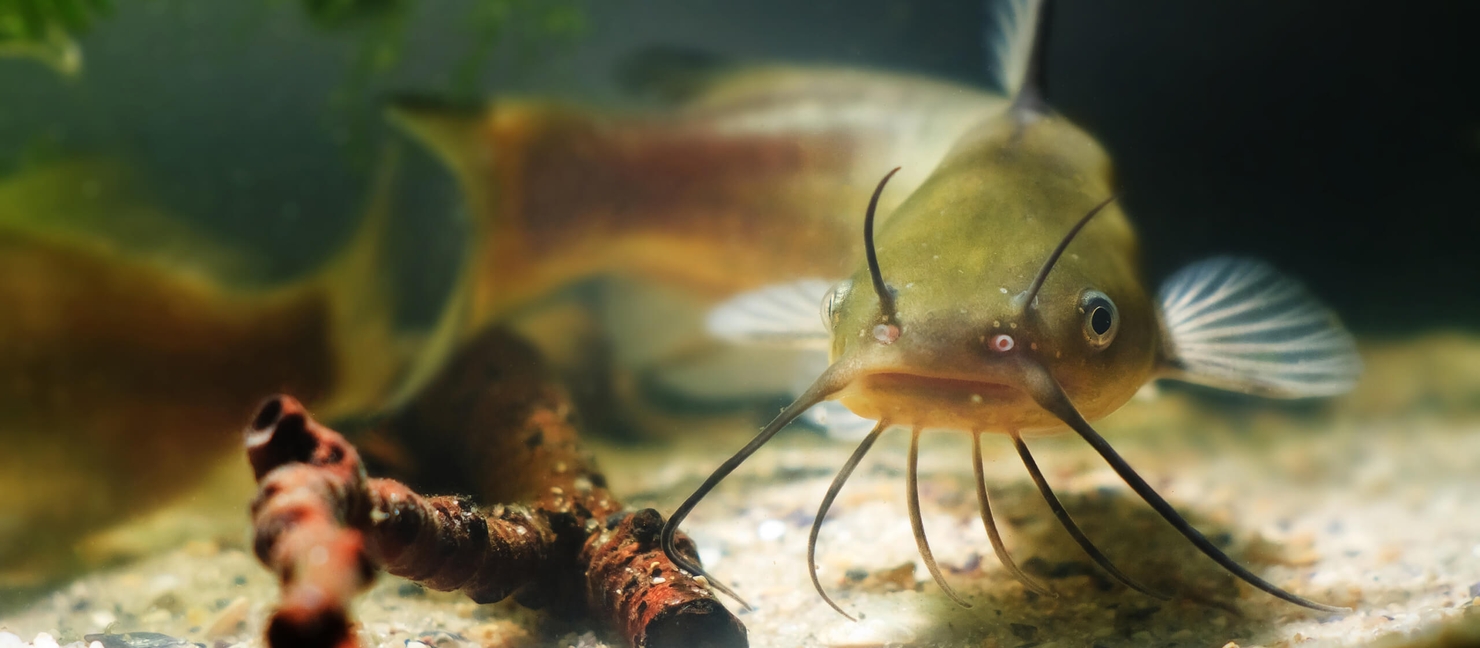
Best Channel Catfish Bait
Channel catfish are scavengers motivated by their sense of smell and taste. They’ll generally eat live or dead bait.
Best Live Bait for Channel Catfish
If your goal is to reel in some large channel catfish, then your best bet for bait is live, natural baits. Use live bait that channel catfish typically feed on like cut fish, crustaceans, mollusks, and insects to attract them to your hook.
Best Artificial Lure for Channel Catfish: Berkley® Gulp! Catfish Chunks
Prepared baits like dip and punch baits attract more catfish to your area and are great for catching a large quantity of channel catfish, specifically. Simply put some dip or a punch bait onto a treble hook and plop your lure into the water.
Key Features: These bait chunks disperse a liver scent throughout the water that attracts catfish. They are durable enough to stay on your hook and are suitable for freshwater use. You can even experiment with artificial soft baits to see if you get any bites.
Best Season: Spring or summer
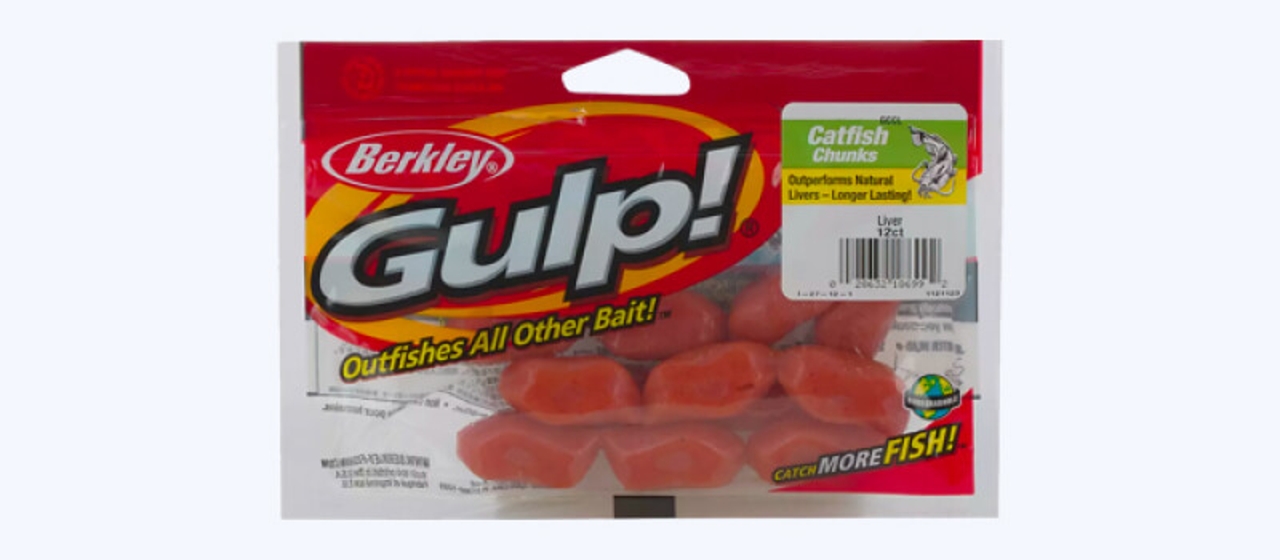
Best Artificial Lure for Channel Catfish: Berkley® Gulp! Catfish Chunks
Prepared baits like dip and punch baits attract more catfish to your area and are great for catching a large quantity of channel catfish, specifically. Simply put some dip or a punch bait onto a treble hook and plop your lure into the water.
Key Features: These bait chunks disperse a liver scent throughout the water that attracts catfish. They are durable enough to stay on your hook and are suitable for freshwater use. You can even experiment with artificial soft baits to see if you get any bites.
Best Season: Spring or summer
Expert Tip:
If you don’t have a bait shop around, head to the grocery store. Channel catfish anglers can use unique baits, including chicken and turkey livers, shrimp, hot dogs, and more to attract this species.
What Is a Flathead Catfish?
Flathead catfish feature flat heads, smooth skin without scales, and barbels around the mouth. They tend to be pale yellow to light brown in color on the back and sides and can be flecked with black or brown. They even have a slightly notched tail fin.

Best Bait for Flathead Catfish
Bring along enough bait for a lengthy trip. Flathead catfish are fewer in number, smart, and suspicious (more so than the others). You’re much less likely to be reeling them in quickly.
Best Live Bait for Flathead Catfish
Flatheads feed mainly on live bait that is hearty and lively. Your live bait should mimic those behaviors if you’re going to have success with these wary fish. Some common types of good fish to choose from are live perch, goldfish, bluegill, and sunfish.
Best Artificial Lure for Flathead Catfish: Bill Lewis Original Rat-L-Trap
This type of catfish targets prey based on the commotion they cause. You may be able to tempt them with artificial crankbaits that mimic perch and bluegill if they’re retrieved erratically and slowly. Blade baits and lipless crankbaits (also called Rat-L-Traps) like this one are nearly custom-made for this technique.
Key Features: This lure covers the water quickly with its lipless design, and it features 2 Set-Lok #5 treble hooks. Inside are rattles that mimic schooling baitfish to attract catfish.
Best Season: Spring or summer

Best Artificial Lure for Flathead Catfish: Best Artificial Lure for Flathead Catfish
This type of catfish targets prey based on the commotion they cause. You may be able to tempt them with artificial crankbaits that mimic perch and bluegill if they’re retrieved erratically and slowly. Blade baits and lipless crankbaits (also called Rat-L-Traps) like this one are nearly custom-made for this technique.
Key Features: This lure covers the water quickly with its lipless design, and it features 2 Set-Lok #5 treble hooks. Inside are rattles that mimic schooling baitfish to attract catfish.
Best Season: Spring or summer
Expert Tip:
Go fishing on a dock at night to increase your chances of reeling in a flathead catfish since this species mainly feeds at night.
Catfish Bait by Season
Catfish are known as opportunistic feeders in freshwater. They’re not usually that picky about what they eat so long as it’s doused in a strong smell (often foul to us anglers). But that doesn’t mean they’re a simple catch. The season, water temperature, and current can all affect your catfishing success:
| Seasonal Catfish Bait Guide | |||||
|---|---|---|---|---|---|
| Season | Best Months To Fish | Best Bait To Use | Species Available | ||
| Spring | Late March, April, early May | Use live or dead bait, prepared baits, & chicken liver | Blue, channel, and flathead catfish | ||
| Summer | Mid-June, July, August, early September | Use live bait, cut bait, and stink bait | Blue, channel, and flathead catfish | ||
| Fall | Mid-to-late October | Use live and cut baits over stink baits and livers | Blue, channel, and likely flathead catfish | ||
| Winter | January, February | Use worms, minnows, and liver | Blue and channel catfish | ||
Spring
These mudcats disperse as the water warms up. They get antsy for a good meal and become more active after a long winter. The water temperature stabilizes around late March. In that vein, spring challenges beginners to learn about a catfish’s patterns to catch it. Meanwhile, advanced fishers can really benefit from their experience and knowledge!
Expert Tip:
Blue and channel catfish will go after live and dead bait, prepared baits, and even food like chicken liver.
Summer
All three types of catfish spawn in early- to mid-summer. For the best results, fishers should learn how to locate prime catfish feeding zones — usually in shallow waters with easy access to deeper dwellings. The best time to plop your line in the water for summer catfish is anytime between sunset and sunrise. Catfishing during the day is certainly possible! Just remember they’ll be lurking and hunting deeper.
Expert Tip:
Try catfishing at night! You’ll be able to keep cool away from the harsh sunlight. Plus, you might even catch more fish!
Fall
In the fall, catfish generally seek out food to prepare for winter. Embedded in their instincts for the changing fall water temperature includes adding a bit more extra weight. You might be surprised how many prioritize a good-smelling meal this time of year! However, you may find yourself frustrated if you’re fishing in the wrong spot. Catfish don’t consistently linger at the same water depths during the fall month due to lake turnover.
What Is Lake Turnover?
The shift from summer to fall cycles the water from the three summer layers. The thermocline is the transitional middle layer between the warm surface water (called the epilimnion) and the cool water at the lake’s depths (the hypolimnion).
Lake turnover disrupts the three distinct summer temperature boundaries. The surface’s oxygen-rich water cycles to the bottom, while the poorly oxygenated bottom-dwelling water rises to the surface. This process lasts from a few days to about a few weeks at a time.
The water will stratify once more for the winter when it stabilizes again. This process repeats from winter to spring. Depending on your latitude, this transition can happen as soon as late summer, sometime in the fall, or even in early winter.

Catfish require properly oxygenated water to thrive. In the summer, they’ll predictably dwell in the thermocline. However, the fall makes them a more challenging catch. Mudcats may linger up at the top, in the middle, or even at the bottom during a lake’s turnover period.
When you understand your local lake’s turnover and catfish patterns, fishing in the fall really isn’t too difficult. During this time, a catfish’s world expands beyond the thermocline layer:
When you understand your local lake’s turnover and catfish patterns, fishing in the fall really isn’t too difficult. During this time, a catfish’s world expands beyond the thermocline layer:
- They’re now able to explore extremely shallow areas for longer.
- The depths open up new hunting grounds for them since the oxygen levels rise lower in the water column.
- Schools of catfish break apart as they all search for food to bulk up for the winter.
Expert Tip:
Don’t forget to choose the right boat to help you find that next big catfish!
Winter
Catfishing in winter is still doable. After all, a mud cat has to eat! But they’re often harder to find due to the fact they often stay deep in the water in holes. That being said, we argue it can be even easier to catch a tasty catfish or few in the cold winter months. Spend enough time boating your favorite lake with some patience. Eventually, you can find their wintering holes — where most of the catfish in the lake are.
Expert Tip:
More times than not, when you’ve found the main wintering hole, you can collect easy mudcats! You’ll just need to hook a worm or minnow and drop your line down deep.
Have Fun Out There!
Now that you know more about catfish angling and information about the differences in seasons and baits, you’re ready to go out and enjoy a day full of catfishing. Browse our other fishing baits and lures guides:
- Looking to catch a prized hawg? Learn all about the best baits and lures for bass!
- Want to brush up on walleyes? Use these best baits and lures before you head out.
- Bring home the biggest red drum of the day! Use these best baits and lures for redfish.
- Reel in a nice speckled fish. Catch your next crappie with these baits and lures.
- Cast out the right tackle for your next striper. Learn all about the best striped bass baits and lures.
- Ready to catch your next rainbow trout? Don’t forget these best baits and lures!
- Looking to stock your lake trout tackle box? You can’t miss these best baits and lures.